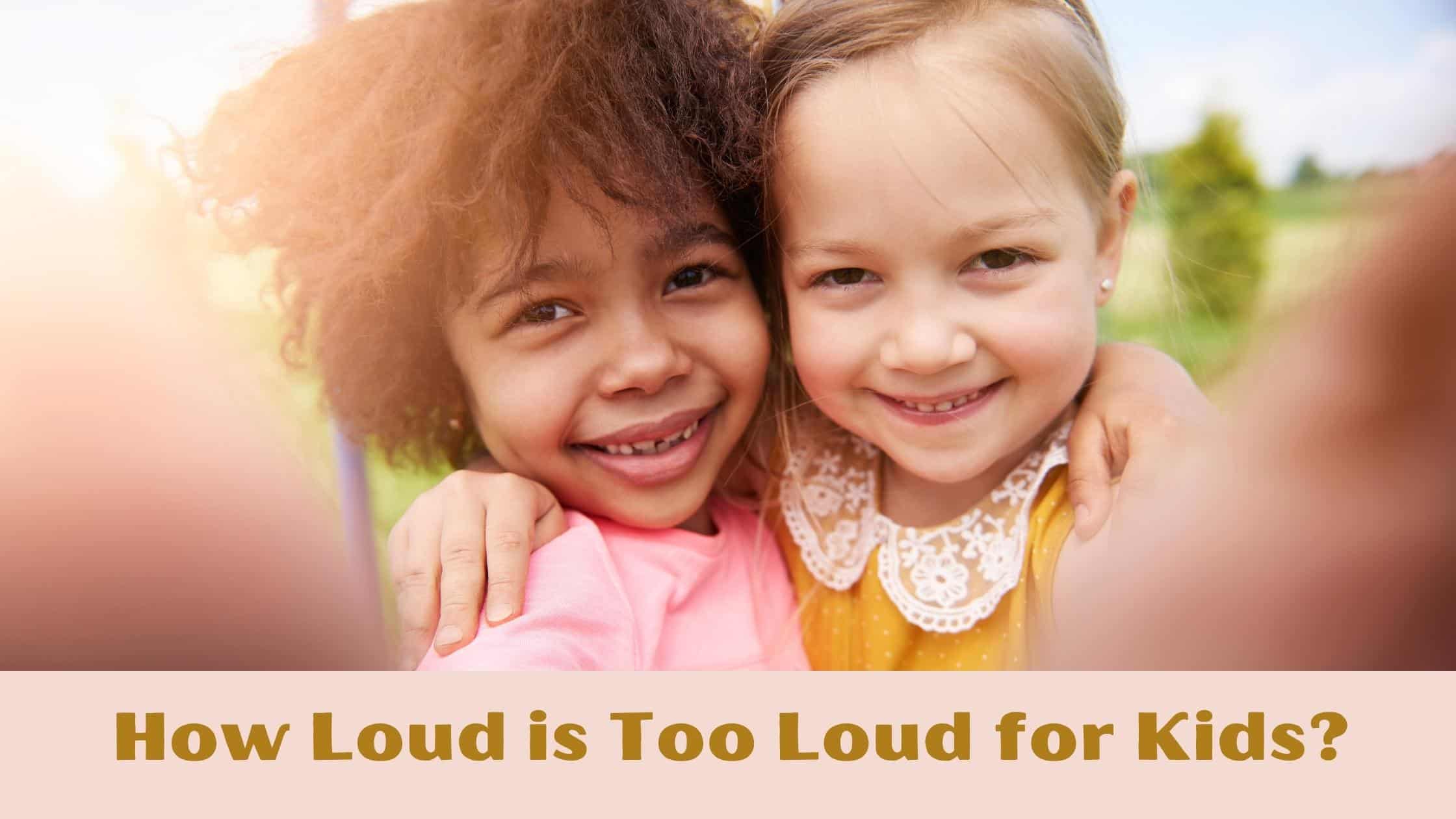
Technology is more integrated into our daily lives now more than ever before. This is especially true for kids who use a range of electronic devices in school and at home. Whether it is using different applications to learn in class, watching cartoons, playing video games, or listening to music; time on devices has rapidly increased.
It is important to establish and practice safety measures that can mitigate the potential health risks of this greater use of technology and electronic devices. This includes damaging hearing health which kids are at greater risk for developing. According to the World Health Organization, over 1 billion kids and young adults experience an increased risk of impairing their hearing as a direct result of recreational exposure to loud noise.
Noise-Induced Hearing Loss
One of the most common causes of hearing loss is loud noise. One time or consistent absorption of loud noise can permanently damage the auditory system – the sensory system for hearing and processing sound. This system involves the:
- Outer ear: the most visible part of the ear (the outer cartilage) which absorbs sound from the environment. This sound then travels down the ear canal and lands on the eardrum.
- Middle ear: vibrations from the eardrum activate the ossicles in the middle ear – three, tiny bones that are connected – which helps propel soundwaves further into the inner ear.
- Inner ear: the cochlea consists of thousands of hair cells that help translate incoming soundwaves into electrical signals that are then sent to the brain to be further processed.
The brain assigns meaning to the signals, allowing us to understand what we hear. Loud noise can irreparably damage the hair cells in the inner ear by causing them to lose sensitivity and/or die. These cells, unlike other types of cells we have, do not regenerate. There is also no medical intervention that can restore these tiny cells which means that damage is permanent, causing hearing loss.
How Loud is Too Loud?
The volume of sound is measured in units referred to as decibels (dB) and noise above 85dB can be hazardous for hearing health. This is the equivalent of busy city traffic or household appliances like a vacuum cleaner:
- 30 – 40dB: soft music, average home noise
- 60 – 70dB: normal conversation, office noise
- 80 – 90dB: a noisy restaurant, lawn power, air conditioner, subway
- 100 – 110dB: motorcycle, school dance, leaf blower
Electronic devices like an iPhone for example can reach up to 102 decibels! Listening to audio on these devices is a common way people are exposed to loud noise, increasing the risk of impairing hearing. The rule of thumb to follow is the louder the sound, the shorter the time that you can safely listen to it. Experts suggest that people can be exposed to sound at 85dB for a period of 8 hours without harming their hearing. But for noise that exceeds this, the exposure time should be significantly reduced. Specifically: for every 3-decibel increase (after 85dB), time should be cut in half:
- 85dB: 8 hours
- 88dB: 4 hours
- 91dB: 2 hours
It is critical to monitor the volume and exposure time to sound that your kids are navigating daily.
Tips to Protect Hearing Health
Fortunately, noise-induced hearing loss is preventable! In addition to monitoring and adjusting volume, you can establish healthy listening habits that protect hearing health by integrating the following tips:
- Test headphones: explore the volume settings on the headphones your kids use. Set it to the highest setting to see how loud the volume can get. Although some headphones for children are supposed to restrict volume, they can still reach dangerously high levels. If you are unable to hear someone at arm’s length, the volume likely exceeds 85dB. Set the volume to an appropriate and safe level and show your kids how to do the same as well as explain the importance!
- Invest in noise cancellation technology: headphones that offer noise cancellation, though more expensive, offer greater listening safety. This technology minimizes background noise which prevents users from increasing the volume in louder settings.
- Minimize noise exposure: you can do this in several ways including reducing the volume on the television, powering off household appliances that you are not using, wearing earplugs in loud environments, etc.
- Set listening breaks: the ears and brain are constantly absorbing and processing sound. Establish listening breaks so that your kid’s ears can rest and replenish. Insist they take a 10-minute break every hour!
Another important way to establish healthy hearing habits is by having your hearing tested annually. Call us today to schedule an appointment for a hearing test!
